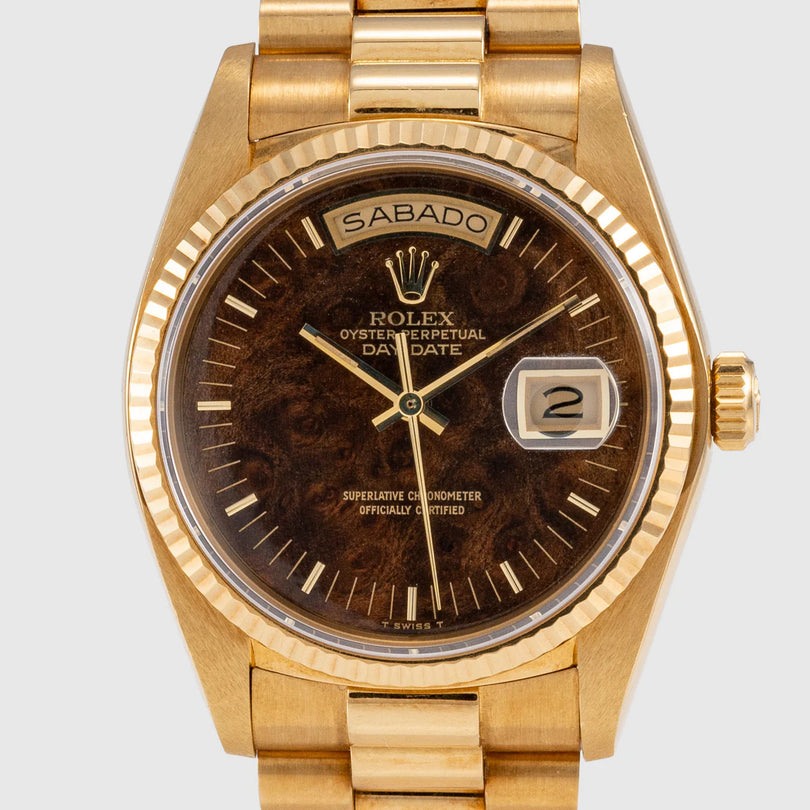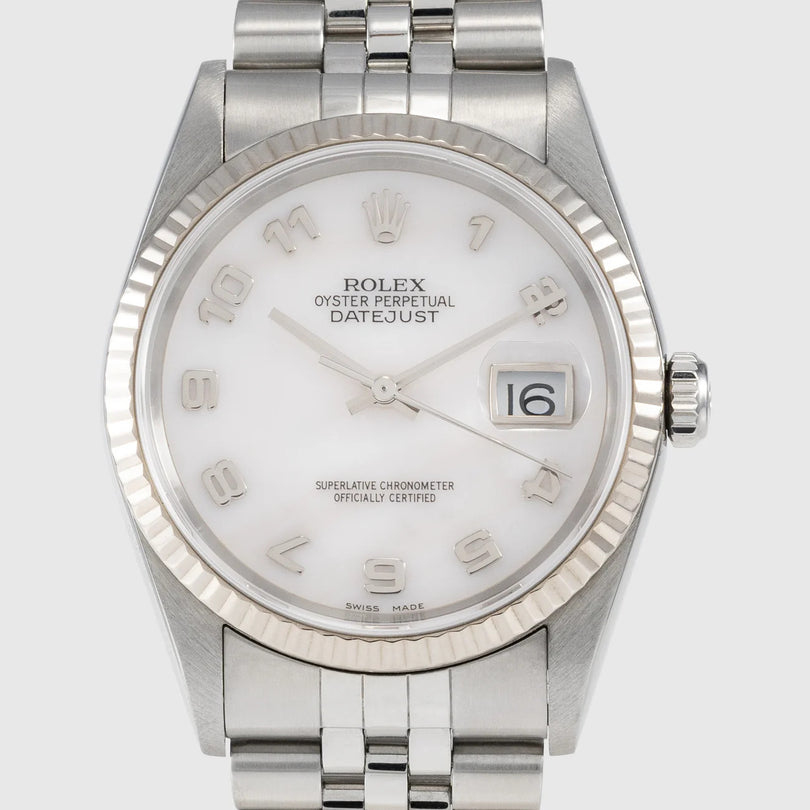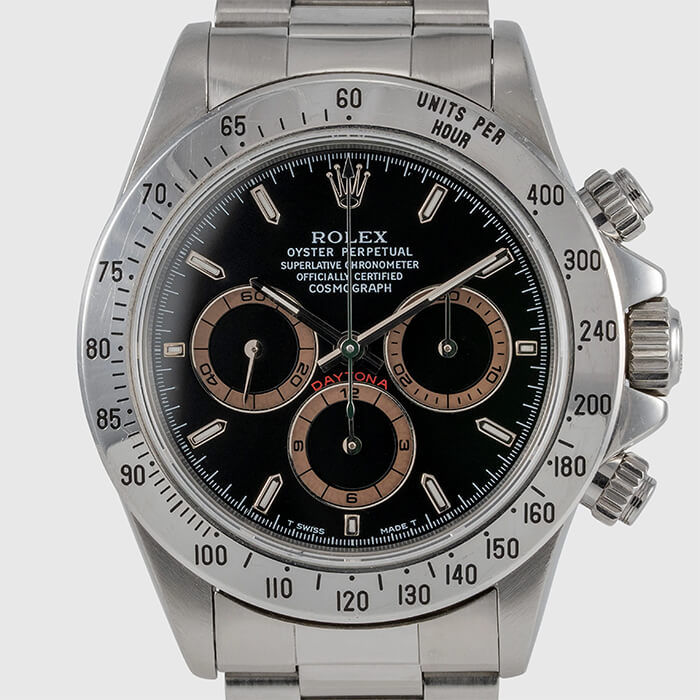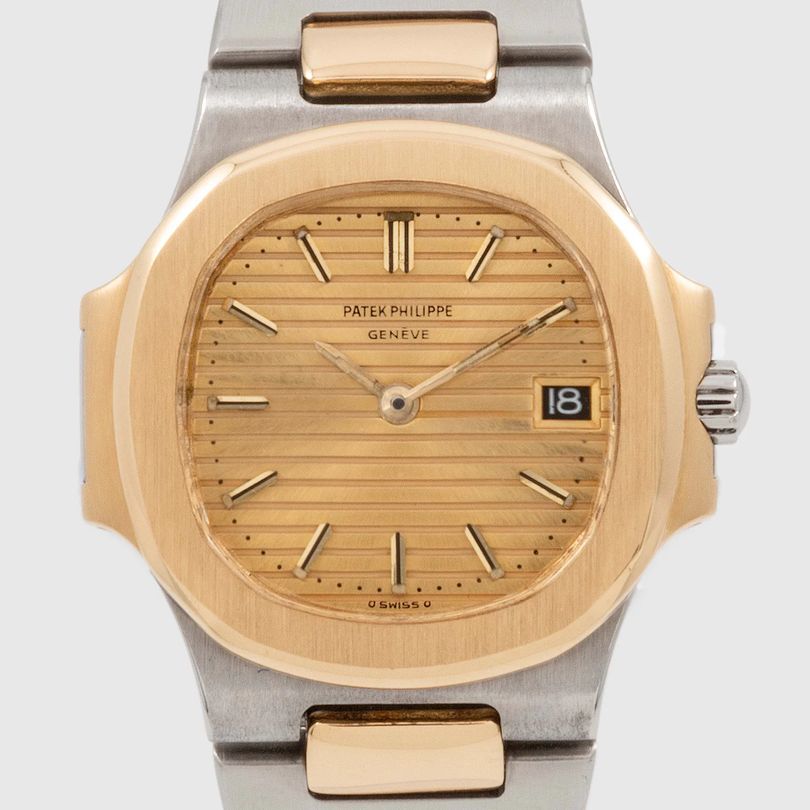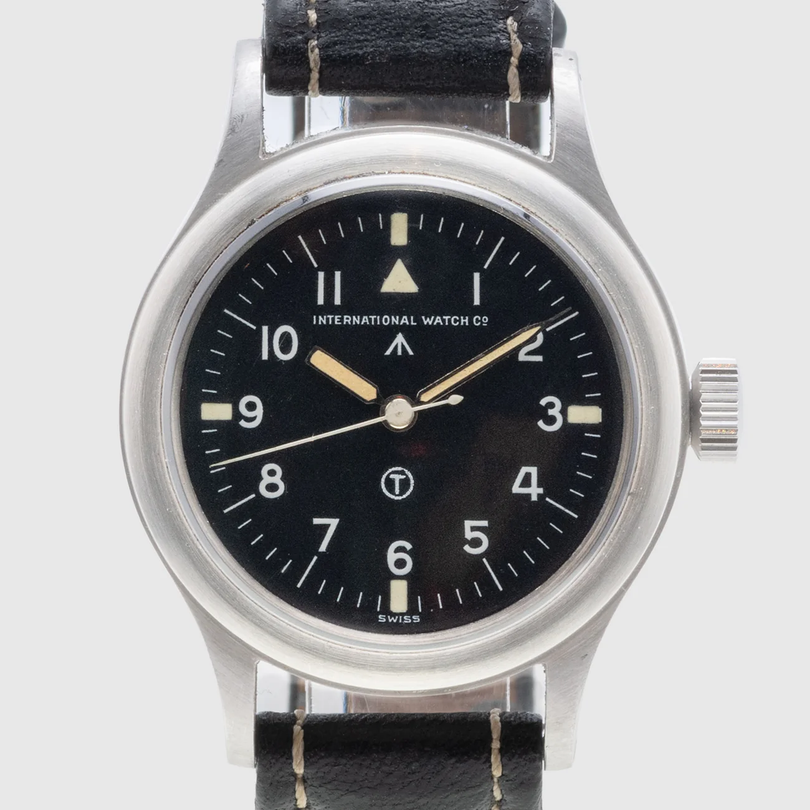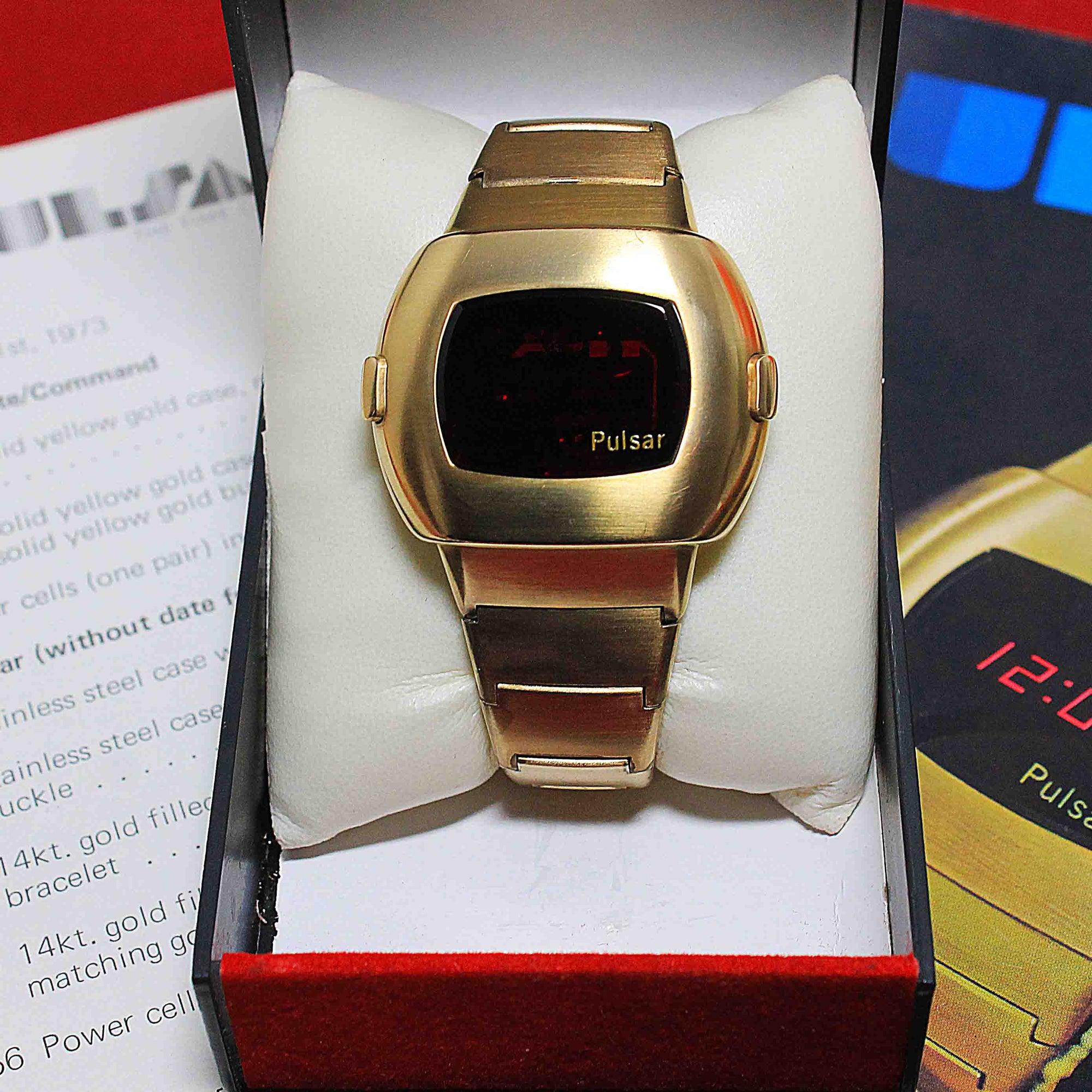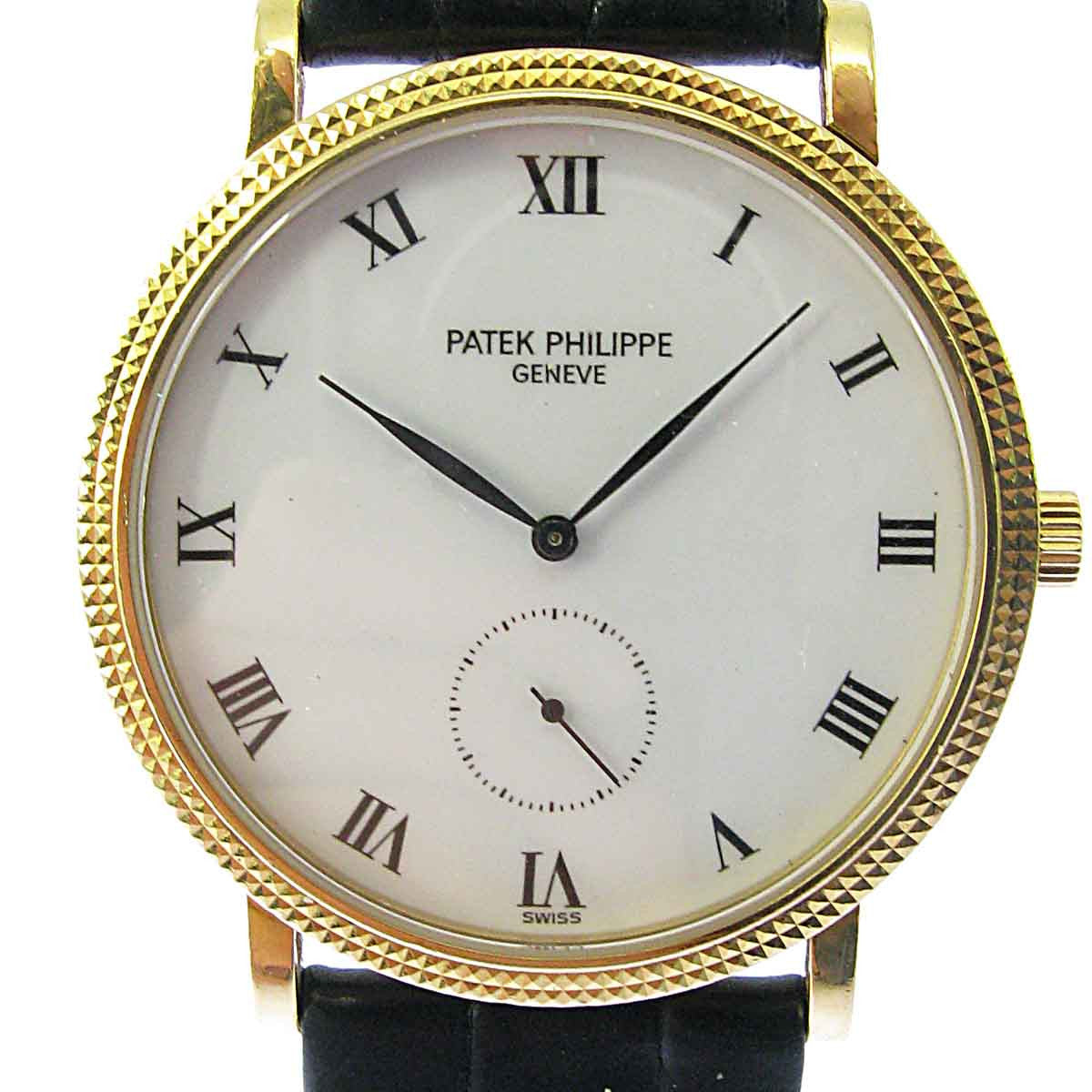"A gentleman's choice of timepiece says as much about him as does his Saville Row suit."
–Ian Fleming, Author of James Bond
The stylish James Bond is no stranger to first-rate wrist watches, and Rolex is a name that almost everybody knows, whether interested in fine watches or not. The brand is one of the most iconic of all time, and with good reason. Some call it the King of wristwatches.
For me, as a connoisseur of all things related to fine timepieces, Rolex is one of the most remarkable. I am impressed by both the unbeatable quality and the fascinating history.
In this article I would like to share the story, the people and events that are associated with Rolex, and some of the features that make it such an elegant and forceful name. I hope to also share with you my passion for the brand, and show you why I am so devoted to Vintage Rolex.
Rolex’s Rich History
The story of Rolex, like many exceptional brands, is tied up with a unique and fascinating character – Hans Wilsdorf. His vision and his remarkable insight are an inspiration to me.
Born in Bavaria in 1881, Hans lost both his parents early in life, and made his way on his own. He started learning the trade in Switzerland, for a manufacturer in La Chaux-de-Fond, but soon moved to London where he started an enterprise with his brother-in-law, Alfred Davis. They called their business Wilsdorf and Davis, and for some time they struggled to get a foothold in the timepiece market.
They created and marketed a number of fine timepieces, though nothing like the future would bring, but nothing would stop this amazing man. Many years later he published only 1000 copies of a small book, Vade Mecum, which means ‘Go with Me’ and explains how he came up with the name Rolex:
"I tried combining the letters of the alphabet in every possible way. This gave some hundred names, but none of them felt quite right. It was one morning, when I was sitting on the upper level of a double-decker powered at that time by horses, driving along Cheapside in London, that a good genie whispered in my ear: "Rolex." A few days after this fruitful journey, the Rolex brand was filed, and then officially registered in Switzerland by Wilsdorf & Davis." – Hans Wilsdorf from Vade Mecum
This was an interesting time in world history, and driven, imaginative individuals like Hans saw opportunities where others did not. Wilsdorf had a vision: to create the best wristwatch in the world, and he knew just what to do in order to make his vision come to life. He came up with the name Rolex in 1908, a name that worked in all European languages, and had a plan to get this name known across the entire globe.
His passion kept pushing the limits of watchmaking, and his marketing genius kept reminding people that Rolex was the best brand n the world. Personally, I can relate to the pursuit of perfection, so: Hats off to Hans.
"My personal opinion...is that pocket watches will almost completely disappear and that wrist watches will replace them definitively! I am not mistaken in this opinion and you will see that I am right."
–Hans Wilsdorf 1914

In late 1926 he released the first waterproof wristwatch, the Rolex Oyster, and embarked on a massive advertising campaign, including the entire front page of the Daily Mail, at the cost of £1,600 (big money in those years), with a full page advert for "The marvellous Rolex wristwatch - The World's best by every test" he stated that All Good Jewellers throughout the British Empire stock Rolex watches.”
The Master of Rolex had a great understanding about the ways to influence people. Quick to grab opportunities to put his fine chronographs in the public eye, in the same year Wilsdorf involved the Rolex name with the highly publicized story of Mercedes Gleitze. She was the first woman to swim the Channel from England to France. Making the story all the more interesting, was the controversy surrounding a hoax claim by another woman, and Gleitze decided to swim again to silence the doubters. Wilsdorf gave her a Rolex Oyster which she wore throughout the swim, and the watch was shown to still be in perfect working condition after the attempt.
During World War II Wilsdorf further promoted the Rolex name by offering to replace any Rolex lost to soldiers in POW camps, if the soldiers would write to him and explain their circumstances. He would not require payment until after the war. The great Eisenhower and Churchill were both seen wearing Rolex.
"My Rolex is a continual pleasure, and works admirably." –Sir Winston Churchill (September 4, 1948)
Ever heard of The Great Escape? The epic 1963 film was based on real events, and Rolex was involved there too. On 10 March 1943, while still a prisoner of war, and by clever organizing, Corporal Clive James Nutting, one of the organizers of the Great Escape, ordered a stainless steel Rolex Oyster 3525 Chronograph, and used it to time the routines of the Nazi guards, a crucial part of the escape plan.
The genius of Wilsdorf was to use the drama of war to promote his brand. After the Great War, Rolex continued to capture people’s imaginations through stories of daring and resilience. Sir Edmund Hillary summited Mount Everest in 1953, and the entire team was equipped with Rolex, and not a single timepiece lost a second, right up to the finish.
In the 1960’s Rolex went as far as attaching one of their watches to a specially designed research submarine which plunged to a depth of more than 35,000 feet below sea level. The marvelous machine didn’t skip a second there either.
Hans Wilsdorf knew what he was doing. By associating his brand with explorers, record-breakers and conquerors, he was telling the world that Rolex was a name to remember. Paul Newman, Winston Churchill and the unforgettable James Bond are just some of the names that go along with the legend.
An Enduring Brand
"The logical outcome of the “Oyster” was the creation of the "Perpetual" watch, whose movement is self–winding and guaranteed to run without interruption. This idea had of course preoccupied many famous horologists of the past. The creation of the "Perpetual" driven from the famous “Rotor" was definitely perfected by Rolex in 1931.” – Hans Wilsdorf
Wilsdorf was a true innovator. He introduced his vision of the wristwatch to the world, made it hugely popular, and immensely stylish, and went on to be the first in many ways:
- The first waterproof wristwatch "Oyster", 1926
- The first wristwatch with an automatically changing date on the dial (Rolex Datejust, 1945)
- The first wristwatch case waterproof to 100 m (330 ft) (Rolex Oyster Perpetual Submariner, 1953)
Below (FIG.1) is a schematic diagram showing the famous Oyster.

Rolex didn’t invent all the technology, but as a company they perfected it, and brought it into the market place with much style and finesse.
During the “Roaring twenties” and into the 1930’s everyone knew what Rolex was, and everyone wanted one.
Here are a few more “firsts” for Rolex:
- The first wristwatch to show two time zones at once (Rolex GMT Master ref.6542, 1954)
- The first wristwatch with an automatically changing day and date on the dial (Rolex Day-Date, 1956)
- The first watchmaker to earn chronometer certification for a wristwatch (COSC)
- The first wristwatch with a command bezel for multiple functions (Sky Dweller, 2012)
The Most Famous Rolex’s ever sold
Assigning a value to a rare watch is quite a mysterious process, and doesn’t always make perfect logical sense. Rare prototypes and test models, like the unique DeepSea Special that plunged 10,916 meters into the ocean was sold by Christies in 2005 for CHF 322,400. But scientific experiments don’t always equate to high values. People are willing to pay more for iconic timepieces with interesting histories. Rolex is a continual evolution. Here are some of the rarest:

James Bond 1973 Rolex 5513: $450,000
This famous watch was the one Roger Moore used in the 1973 movie Live and Let Die to remove the dress of a beautiful woman, where he used the razor disc, buzz saw and magnetic field features. It’s no wonder it fetched such a high price.

Rolex Daytona 6263, Paul Newman – $1.089,000
Christies held a special Rolex-themed auction in 2013, “Lesson One” and the star of the show was this rare Daytona Paul Newman. The ‘Panda’ with the black and white dial and acrylic bezel is the most desired and most beautiful of all the Daytonas. The rare screw-down pushers finish off the steel Rolex Cosmograph Oyster 6263 to perfection.

Eric Clapton’s 1971 Rolex Daytona: $505,000
As we know the name Clapton is associated with fine guitars, and music, but Clapton is an avid collector of fine watches too. In the past few years a few of his pieces went under the hammer, including this Vintage Daytona.
The unusual monochrome dial earned this model the nickname “Albino” ,being one of the unusual pieces which left the Rolex factory

1942 Rolex Chronograph: $1.17 Million
One of only twelve ever made, this fine chronograph takes the first prize for the most expensive Rolex ever sold. It was originally given as a gift to famous racing drivers, and the split second feature makes it ideal for timing laps. It has a nickel finish with silver matte dials, and pink gold Arabic and baton numerals. Another reason for the rarity is the size, I don’t remember Rolex manufacturing a bigger case than 44mm. It far out-performed the expected selling price at Christie’s Auction. What a fine specimen!
The Joy of Vintage Rolex
The world of the vintage watch collector is full of intricacies and mysteries. A true collecting enthusiast will go to the greatest lengths, studying each feature, researching the history, and examining each piece in finest detail. When was it made, and where? Who owned it, and what is the condition – all these questions come up, and slowly one fits the pieces of the puzzle together. As they say – “the devil is in the details!”
According to Forbes, Rolex and Patek Philippe are your best bet when buying a watch as an investment, but, of course, that’s only one opinion. Every rule has its exception, and something as exquisite as a vintage Rolex cannot simply be put into a box. The fact is, a fine Rolex will always keep its value, and grow in worth, provided it is well looked-after.
There are so many factors to consider, including all over patina, overall originality of all component parts, and damage due to wear and tear, the luminosity of hands and dials, humidity readings, and so much more.
Each timepiece has its own story, and by opening up the book, so to speak, one can slowly unravel the mystery. Each bevel and scratch tells a piece of the story, every stamp and engraving gives a clue, and every time a part is replaced, the mystery deepens. Under the looking glass, each screw reveals evidence of the workmanship involved, and the incredible complexity of the movement combines with the overall design to create something unique and rare.
In conclusion I hope that you have enjoyed sharing a part of the incredible Rolex story. It is my wish to share the immense sense of enjoyment that I feel when examining one of these rare masterpieces. The rich history and the extreme care in design, combined with the masterful marketing strategy has continued to make Rolex a name that everyone knows.
Whether you are diving beneath the ocean, climbing the highest mountain, or setting a new air or land speed record, Rolex is the wristwatch for you. In your own journeys, and while making your very own mark on the world, make sure you have only the finest timepiece that can accompany you on your adventures!

